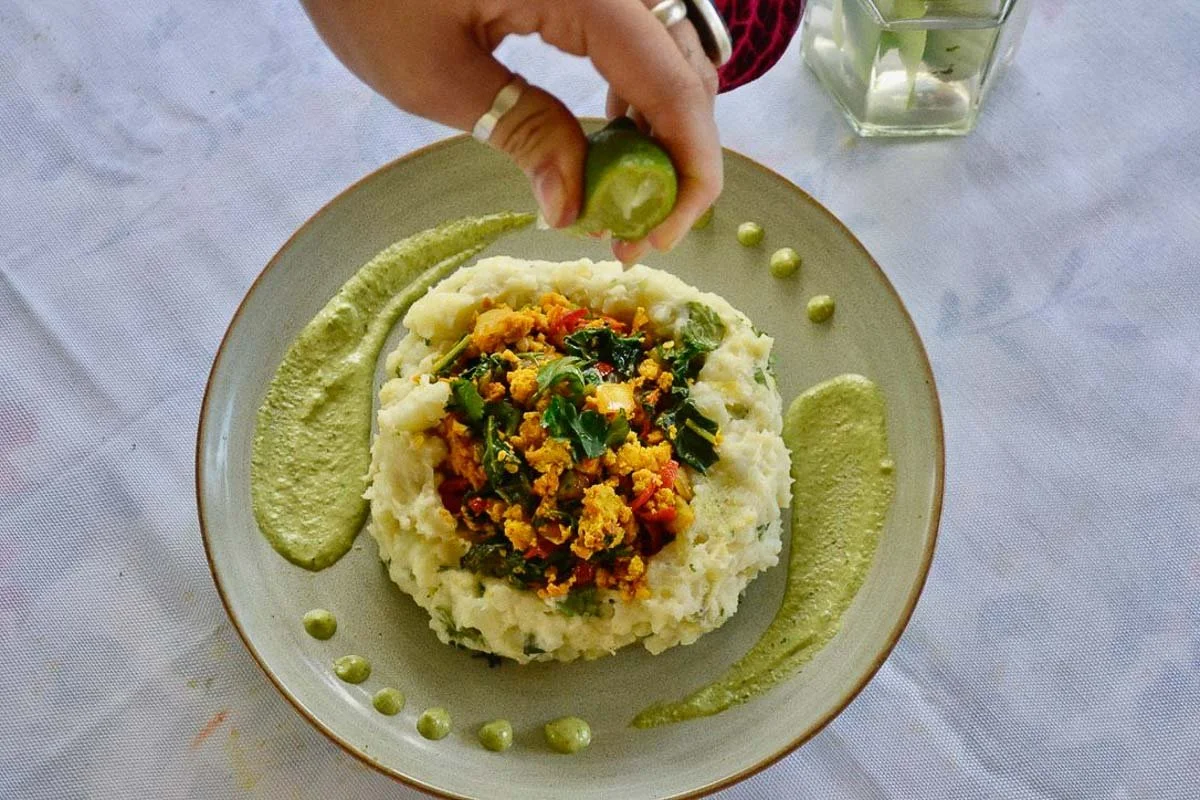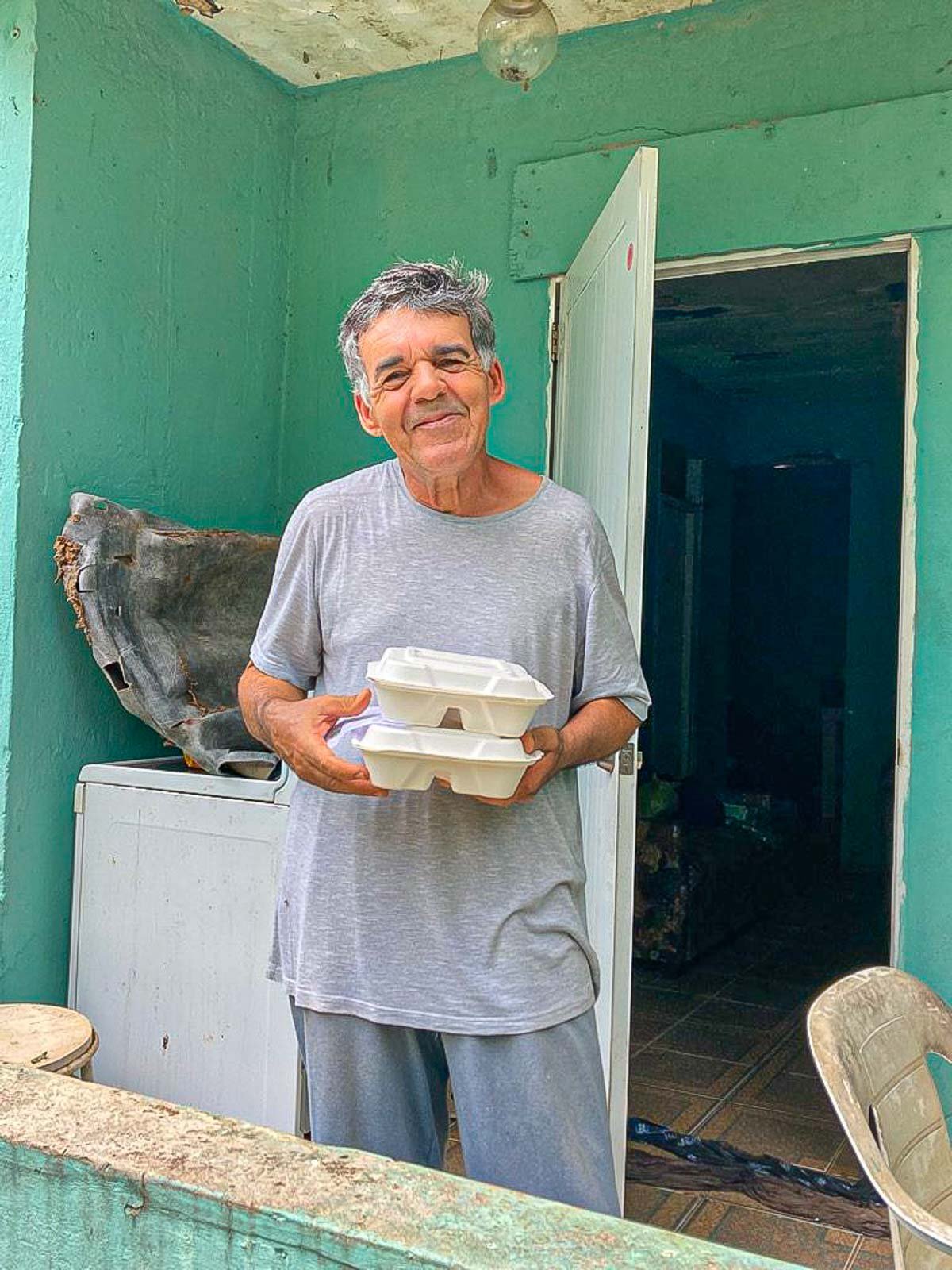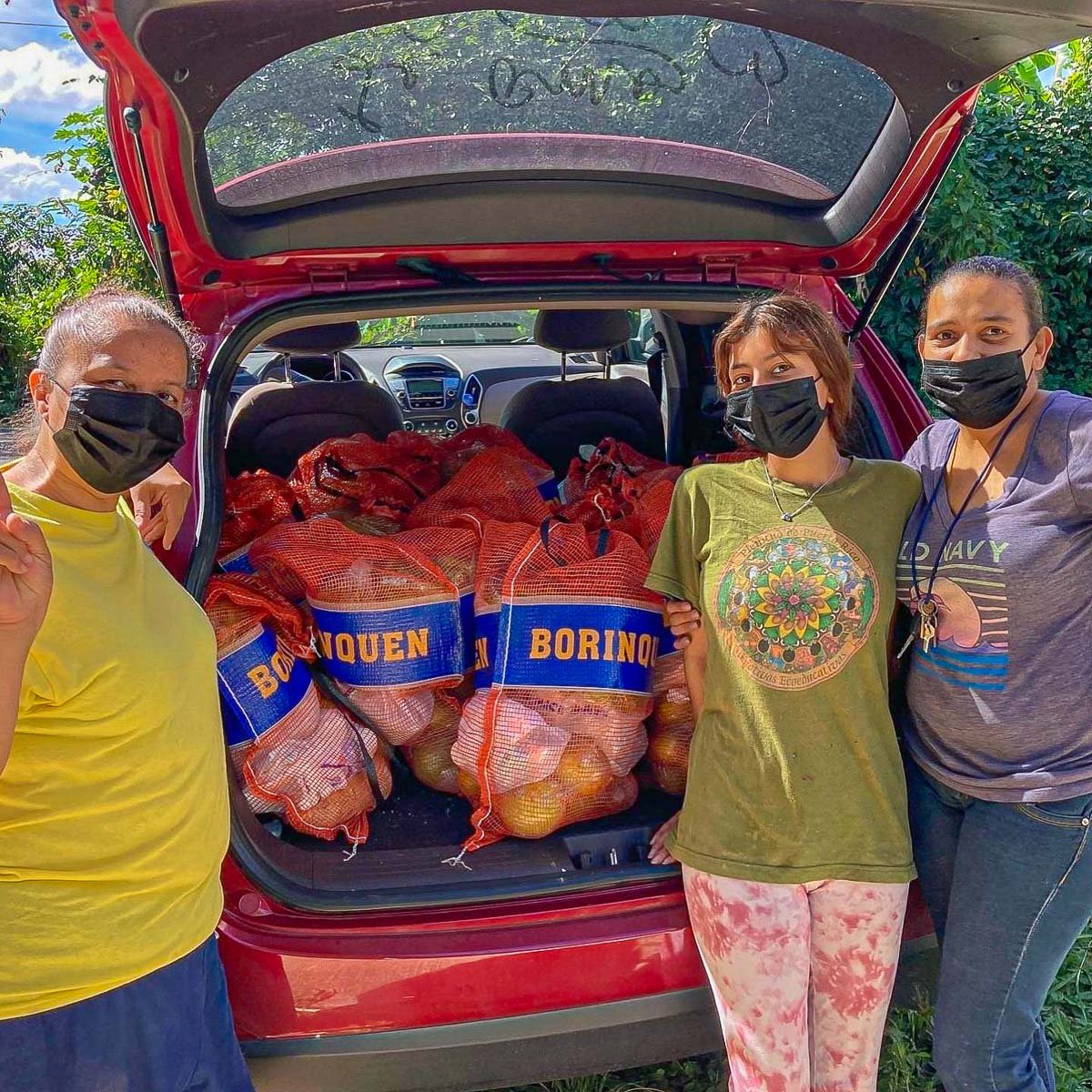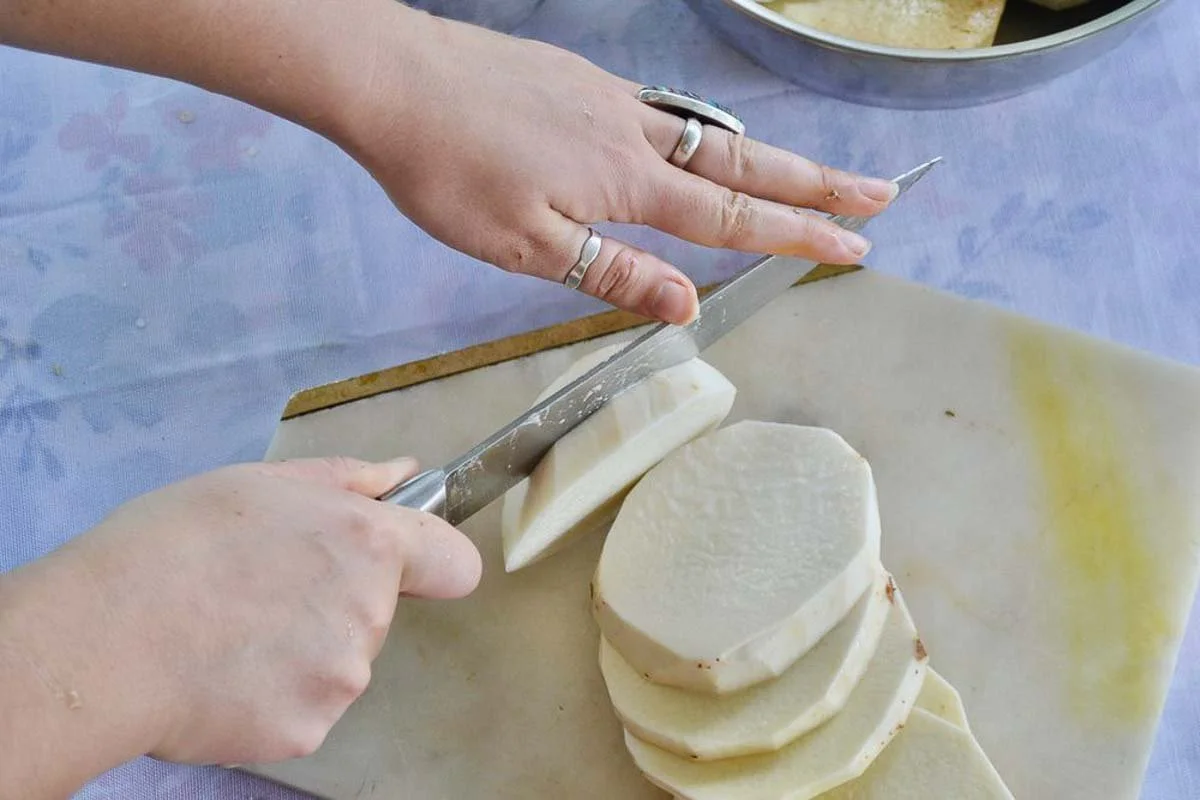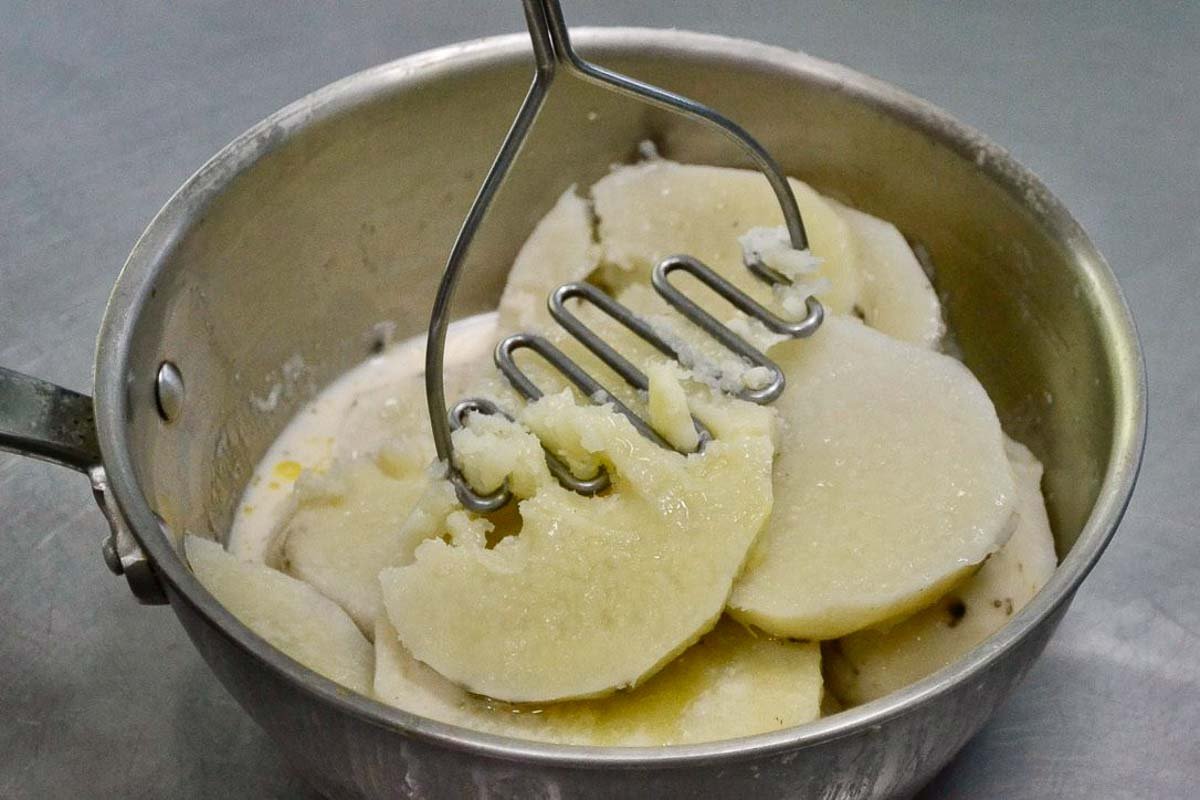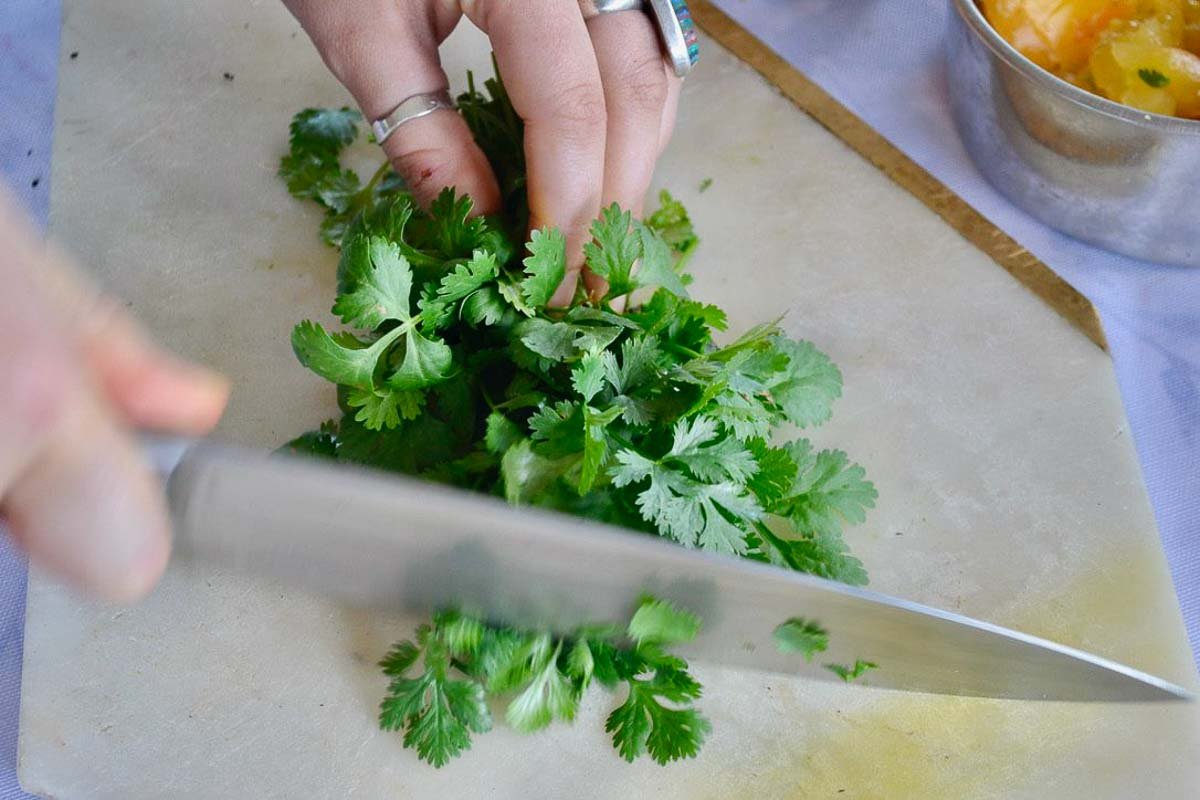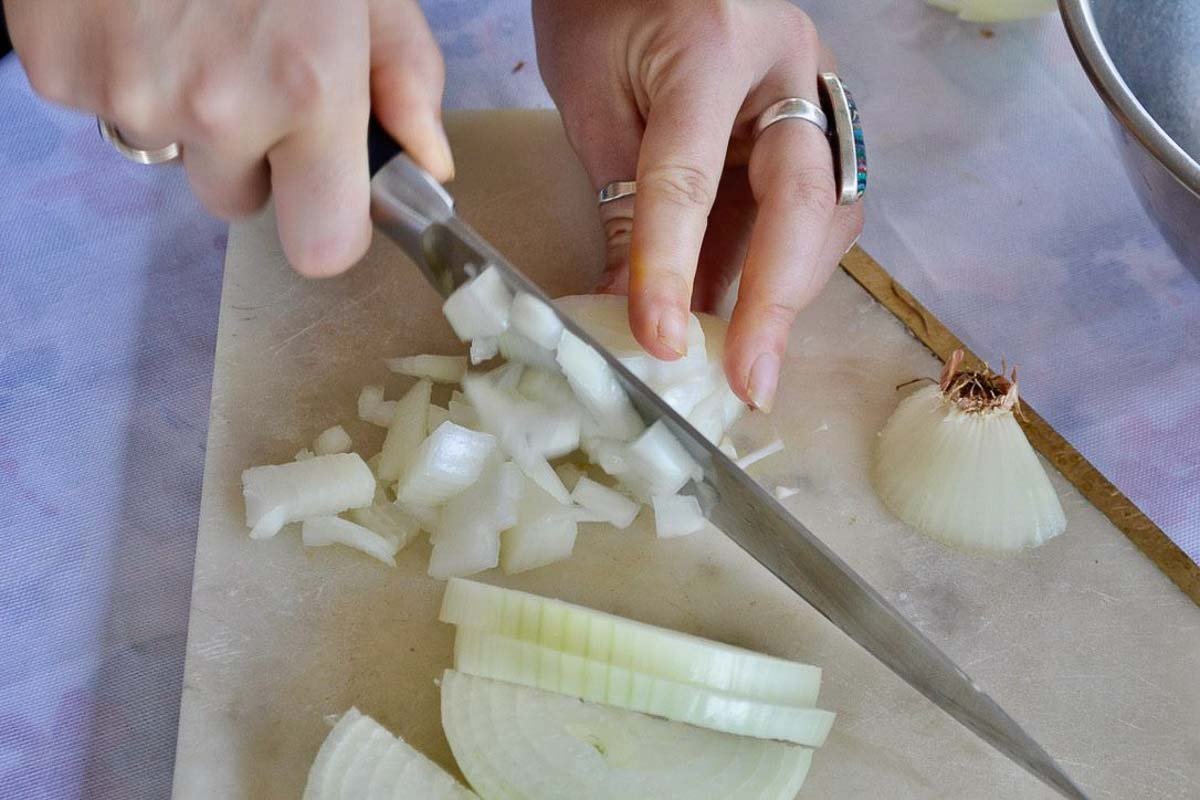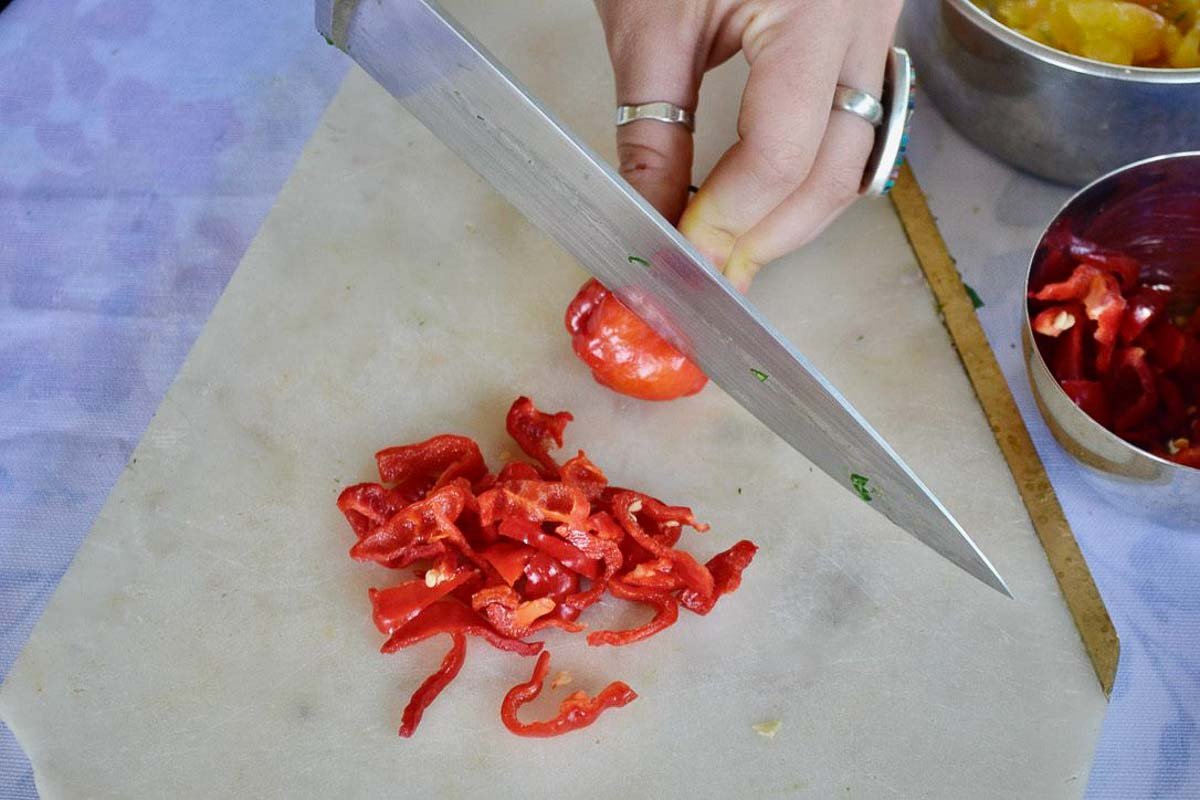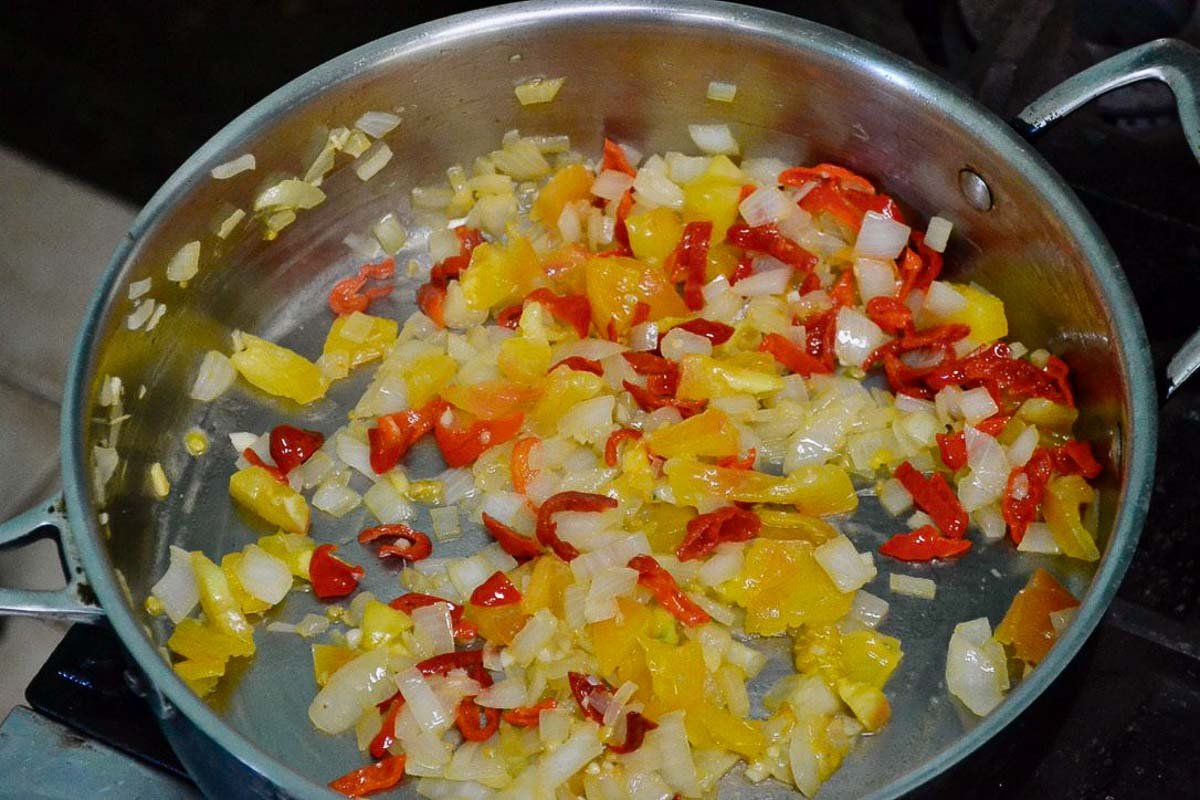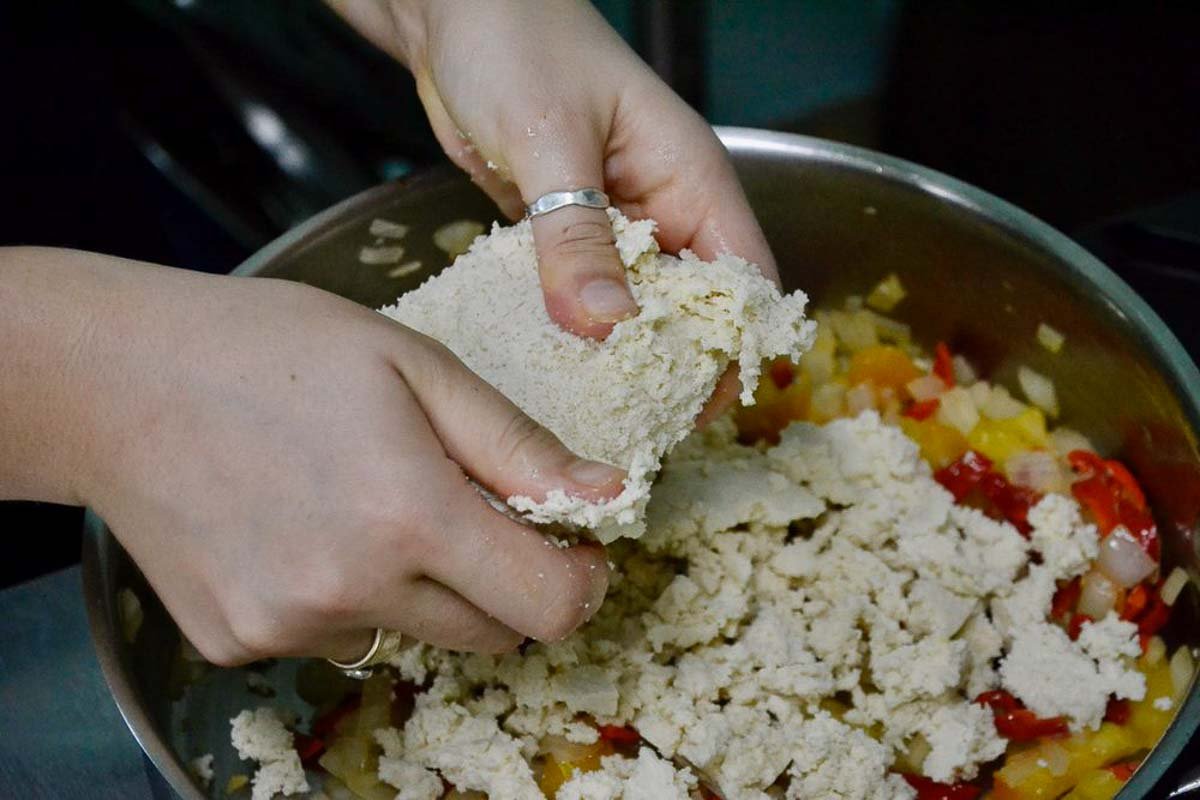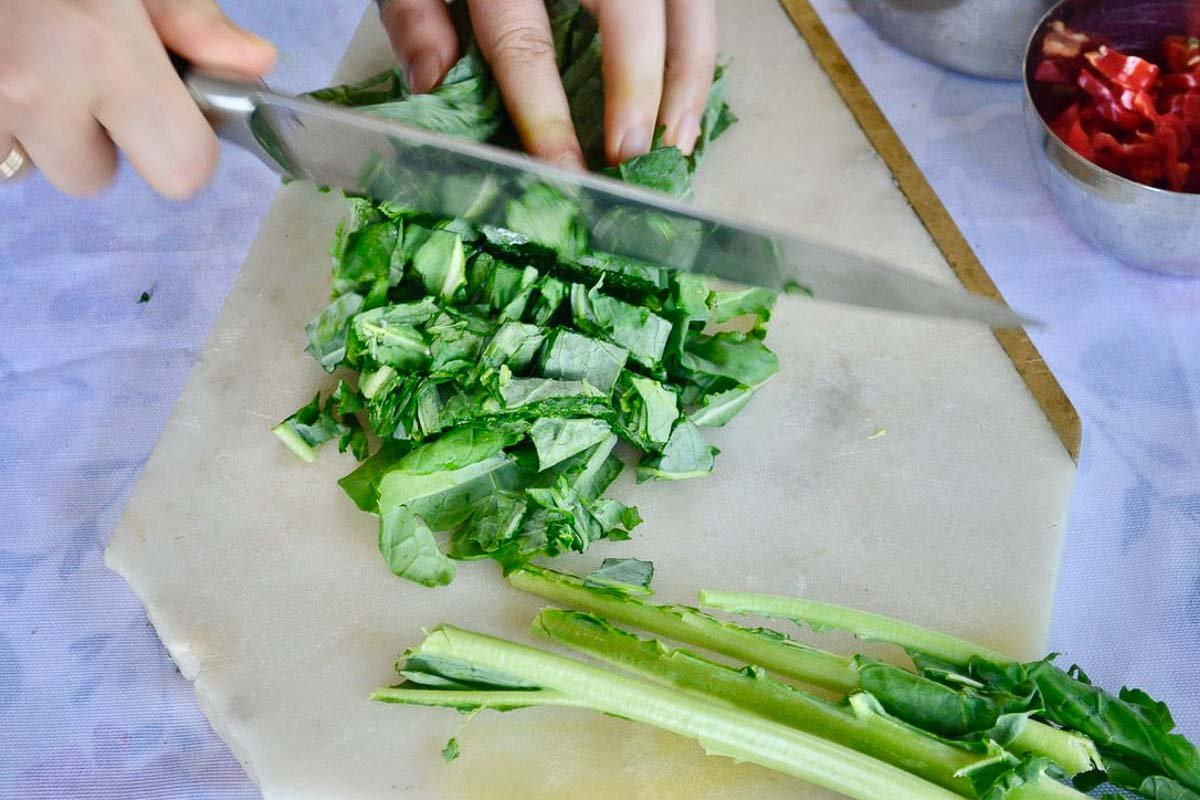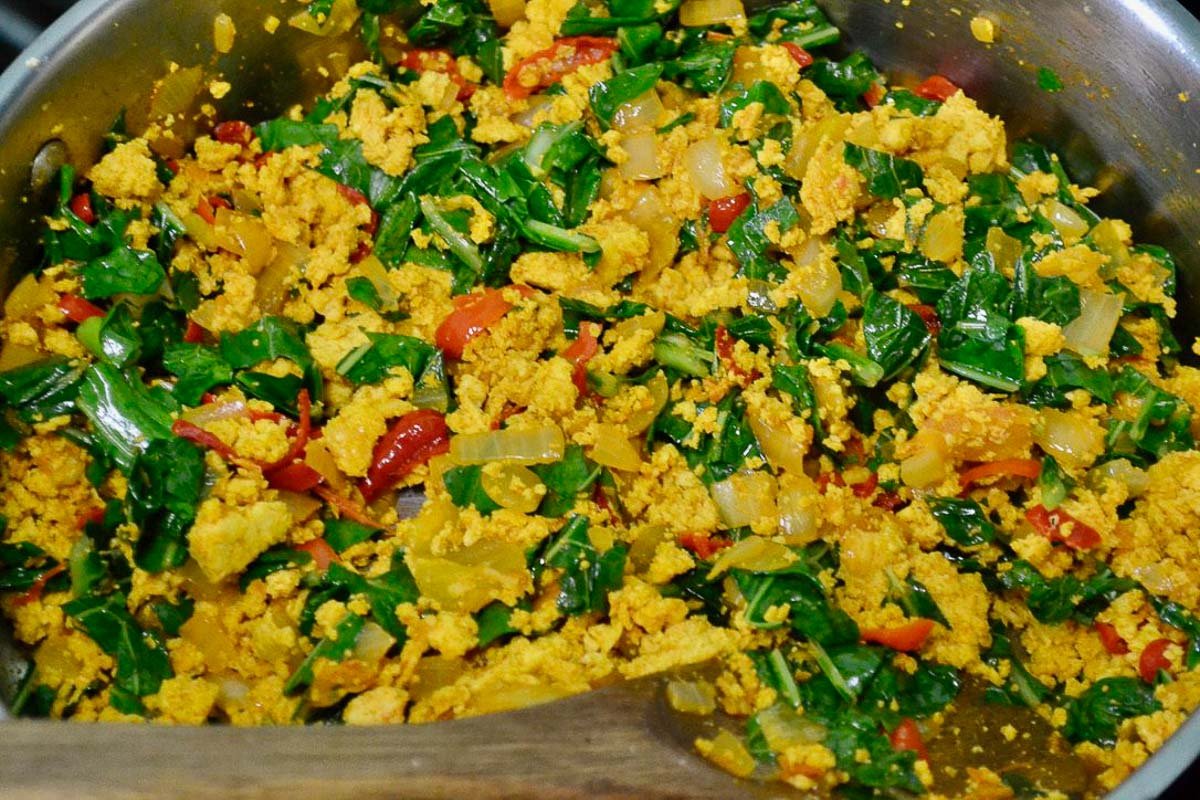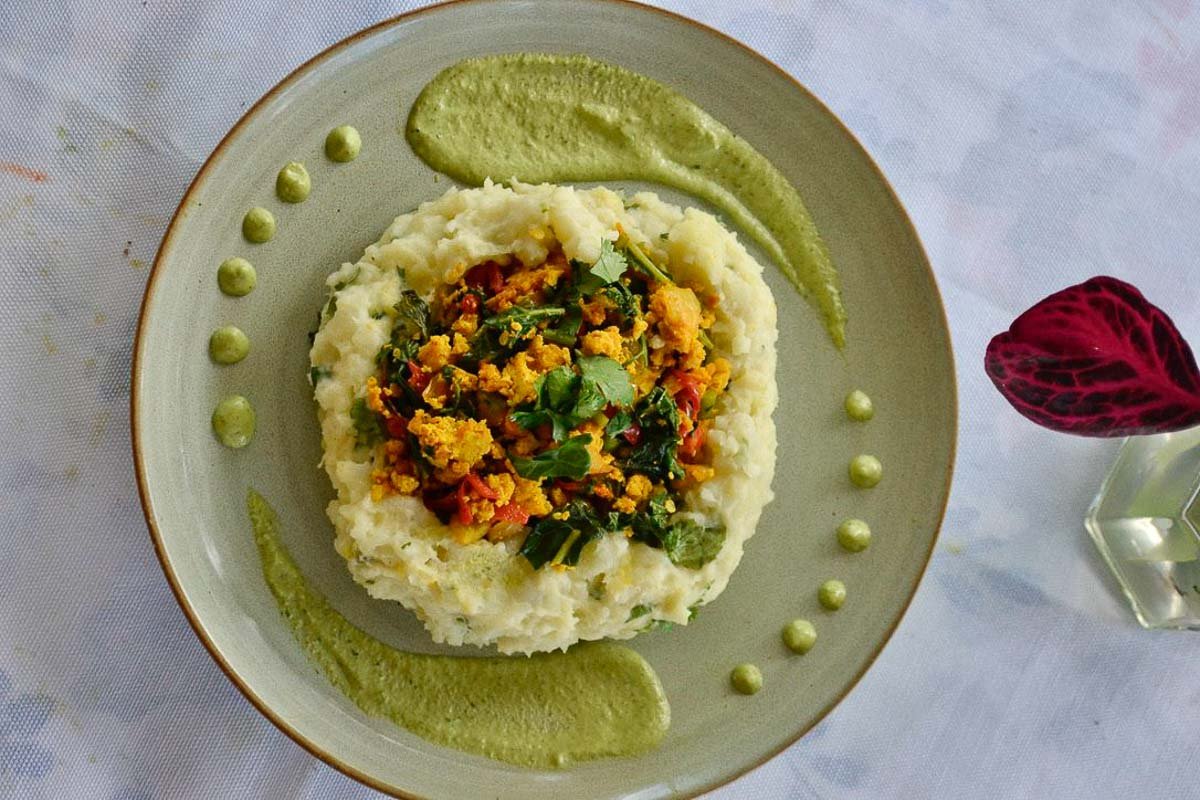Majado de Ñame: A Recipe to Connect Us All
To me, food has never been just about eating. Meal time was never just a means to an end - a way to curb the pangs of hunger in my stomach. Food has always been more than just a scientific understanding that calories provide energy to fuel the body.
Food is a way of forming connections. Through food one can connect to cultures, to history, to community. Food is about nourishment in all aspects - nourishment from the farmers who grow the food, love infused by the chefs who cook with the harvests, the emotional comfort that comes with sharing a meal with someone you love. Food is a universal experience - it is the one thing in this world that no matter what age you are or what experiences you have had, there is a relationship that exists between food and self. Food has a way to bring people together, and over the last year and a half I’ve had the beautiful opportunity to see how this can happen.
As part of my service as Local Food Systems Coordinator, I serve with the amazing women on the Amo mis Abus team - supporting with menu planning, food coordination, and community outreach to our local elders. This program has expanded to provide 50 elders in and around Las Marías with weekly vegetarian meals, companionship, and love. And it isn’t just a connection between the Amo mis Abus team and our Abus - the elders in our Amo mis Abus program are connected to the local farming community too.
Our friend and neighbor Eduardo (Ñeco) Cintron Colon with his weekly Amo Mis Abus meal
Plenitud PR’s Agriculture Team Leads, Rebekah Sanchez and Daimer Castro, with the team from Finca Agroecològica Bohitì (l-r)
Productos Agroecológicos, or Agroecological Products, is an online marketplace for local agroecologists in the Western region of Puerto Rico to offer their fresh produce and artisanal products at accessible prices. This initiative was founded by Plenitud PR’s agriculture team in November 2020 and has expanded to include other projects such as Finca Agroecològica Bohitì, Micofilia PR, Pura Kombucha, and Fermentos Boricuas. This collective of agroecological farmers offers over 20 fresh products to the local community at accessible prices and pick-up locations every week - including the elders of Las Marías.
The Amo mis Abus team is committed to sourcing fresh, agroecologically-grown produce from Productos Agroecológicos and other local farmers. Every week, our Abus’ vegetarian meals are intentionally based on what is seasonally and locally available from these partner farms. This way, the program can support local agriculturists through purchasing their produce, ensure our elders are receiving nutrient-dense, fresh meals, and reduce the negative environmental impact that transportation of goods and food have on Earth.
And how beautiful it is, that - when it is transformed into a meal made with love - something as small as a seed can lead to the formation of real relationships across generations.
Amo Mis Abus Program Coordinator Migdalia & Head Chef Monica
Monica, Amo Mis Abus Program Coordinator Natalia, & Migdalia
For many of our elders, these farm-to-table meals remind them of years from earlier in their lives where they also were agriculturists and stewards of the land. Our elders often share their wisdom and life experiences with us, from which we have learned more traditional agroecological methods to practice on the farm.
For one of our elders' meals this month, we put a vegetarian spin on a traditional Puerto Rican dish, majado, to include more vegetables and nutrients, using produce from Productos Agroecológicos. The root crop, ñame, is a popular and nutrient-dense vianda that is easily grown and available on the island. Viandas are traditionally served with a choice of meat protein, which we substituted with a bright tofu scramble with veggies, herbs, and spices.
The meal was made with fresh produce sourced from our farm and local partner farms: herbs, peppers, greens and tomatoes from Plenitud PR, ñame from Cafe Conuco Finca de Siembra, and homemade chocolate for dessert from Finca Agroecològica Bohitì. We invite you to experience the rich flavor of this experience by cooking along with us, infusing your own dish with love, gratitude, and connection to a timeless culture of shared experiences.
P.S. If you make any of these recipes, please be sure to take a picture, post it on social media, and tag us @PlenitudPR so we can see your delicious creations!
Ñame from Plenitud PR
Majado de Ñame with Tofu Filling
Time: 35 minutes
Serves: 5-6
Ingredients:
For the mashed ñame:
3 lbs ñame from your local farmer (can replace with yam, sweet potato, or other root crop)
16 oz milk or dairy-free milk alternative
2 tbsp ghee (or substitute olive oil)
1 cup cilantro (or other herb)
Salt and pepper to taste
Water
For the tempered seasoning:
1 t salt
½ t ginger
½ t garlic
3 tbsp ghee
Tofu Scramble filling:
16 oz. extra-firm tofu (one standard tofu block)
1 cup cilantro
2 teaspoons minced garlic
1 teaspoon minced ginger
½ onion
2 cup dark leafy greens (we use collard greens!)
½ cup aji dulce peppers (can substitute other mild pepper, like red bell pepper)
1 medium-large tomato, diced
2 teaspoons salt
2 teaspoons paprika
2 teaspoons turmeric powder
1 teaspoon achiote oil (optional)
1 tbsp ghee (or substitute olive oil)
Farm fresh ingredients
Peeled and sliced ñame; you can use any other root vegetable to replace
Tofu scramble
Instructions:
Majado de ñame
Cook the ñame:
Measure and add 7 cups of water to a pot, or enough that will cover ñame, and add salt to taste. Heat the water until boiling.
While the water is boiling, peel the ñame and slice into ½ inch thick pieces. If using a different root vegetable like sweet potatoes, peel and slice the same.
Add ñame to the pot of salted boiling water. Reduce the heat to a simmer and partially-cover the pot with a lid.
Check the tenderness of the ñame after 20 minutes. The ñame is fully cooked when soft (a fork can be easily inserted).
Prepare the ñame:
Remove the ñame from the water and place into a medium bowl with ghee (or olive oil), 1/2 cup of the milk of your choice, and herbs. Break the ñame and mix with the other ingredients using a potato masher.
To achieve a good consistency in your mash, you can continue incorporating more milk while you mix the ñame.
Temper spices:
Melt the additional 3 tbsp of ghee in a pan and add ginger, garlic, and salt for the chunk. Sauté for a few minutes on medium heat and add to mashed ñame for extra flavor.
Add salt and pepper to your liking. Set aside.
Tofu Scramble filling:
Chop onions, peppers, tomatoes, leafy greens and cilantro (or herb of your choice) into small pieces. Mince garlic.
Heat the olive oil in a pan over medium heat. Add chopped onions and saute until translucent. Add minced garlic and saute for a few minutes.
Mash the block of tofu right in the pan, with a potato masher or a fork. You can also crumble it into the pan with your hands. Cook, stirring frequently, for 3-4 minutes until the water from the tofu is mostly gone.
Now add the salt, turmeric, diced tomatoes, and achiote oil, if using. Cook and stir constantly for about 5 minutes.
Remove from heat. Add chopped herb and serve with mashed ñame immediately.
To serve:
Plate ñame and create a center hole to fill with tofu scramble. Garnish with herbs of your choice.
Serve immediately with sliced avocado, fresh salad, mojito, or your favorite steamed vegetable!
Before eating, share a moment of mindfulness with your loved ones to express gratitude for the agriculturists, chefs, and Earth processes that made the meal possible.
¡Buen Provecho!
Notes:
Ghee is clarified butter that has impurities like saturated fat and milk solids removed. Ghee has health benefits that include being anti-inflammatory and aiding with digestion. You can make your own ghee at home too, following a recipe like this.
Herbs can be replaced by other herbs that are growing in your garden or more locally available in your area. Oregano, parsley, basil - whatever you prefer!
Achiote oil is made from infusing annatto seeds in oil. Achiote trees are common in Mexico, Central and South America as well as regions in the Caribbean, like Puerto Rico. They produce an earthy, pepper taste similar to paprika or pepper when cooked with and are primarily used to add a bright color to the plate. The achiote oil can be omitted in this recipe if you cannot find it in the grocery store.

